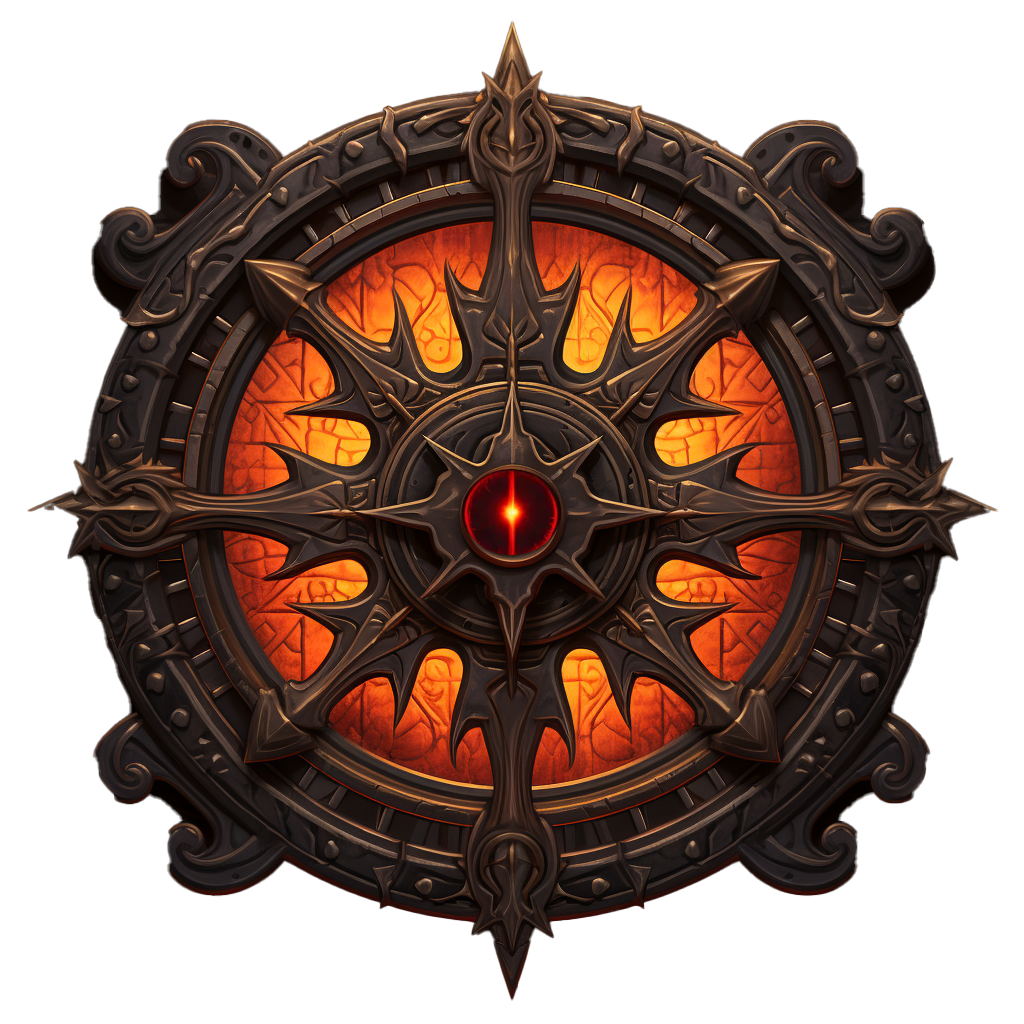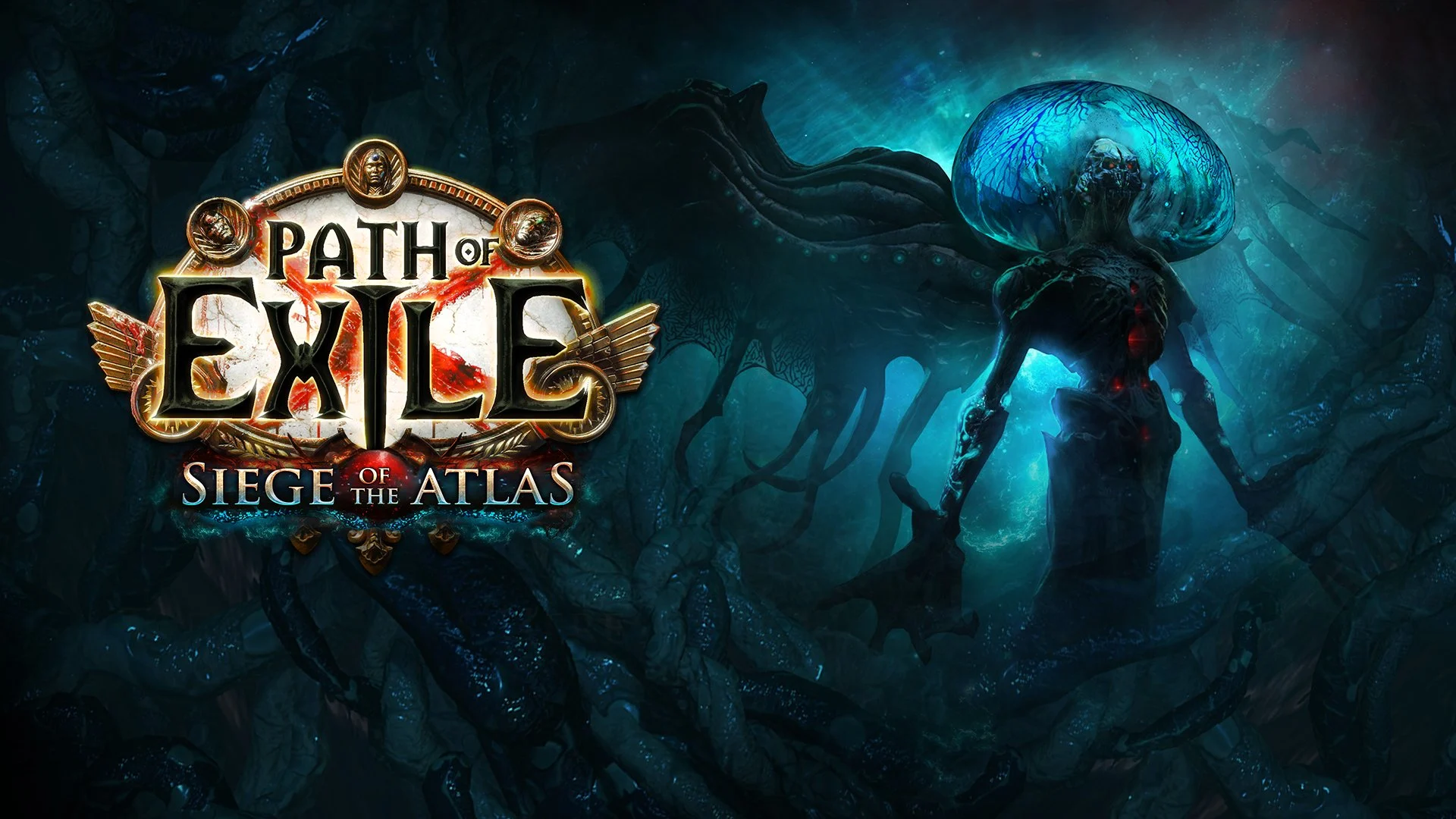Path of Exile
Pros
- Deep character customization with an expansive skill tree.
- Versatile combat system allowing a myriad of builds.
- Robust endgame content, ensuring longevity.
- Regular updates, ensuring the gameplay remains fresh.
- Fair monetization model focusing solely on cosmetics.
Cons
- The vastness of the skill tree can be overwhelming for newcomers.
- The game can be grind-heavy, especially in the endgame.
Path of Exile (PoE) thrusts players into the world of Wraeclast, a gloomy continent rife with ancient mysteries and nefarious creatures. The game stands tall as a testament to the evolution of ARPGs, with many drawing parallels to Blizzard’s Diablo series. However, PoE sets itself apart with its intricate mechanics, expansive skill tree, and a unique economy system, all set in a world oozing with dark fantasy aesthetics.
- Developer: Grinding Gear Games
- Publisher: Grinding Gear Games
- Release Date: 2013
- Platforms: PC, PlayStation 4, Xbox One
- Official website: https://www.pathofexile.com/
- Genre: Action Role-Playing Game (ARPG)
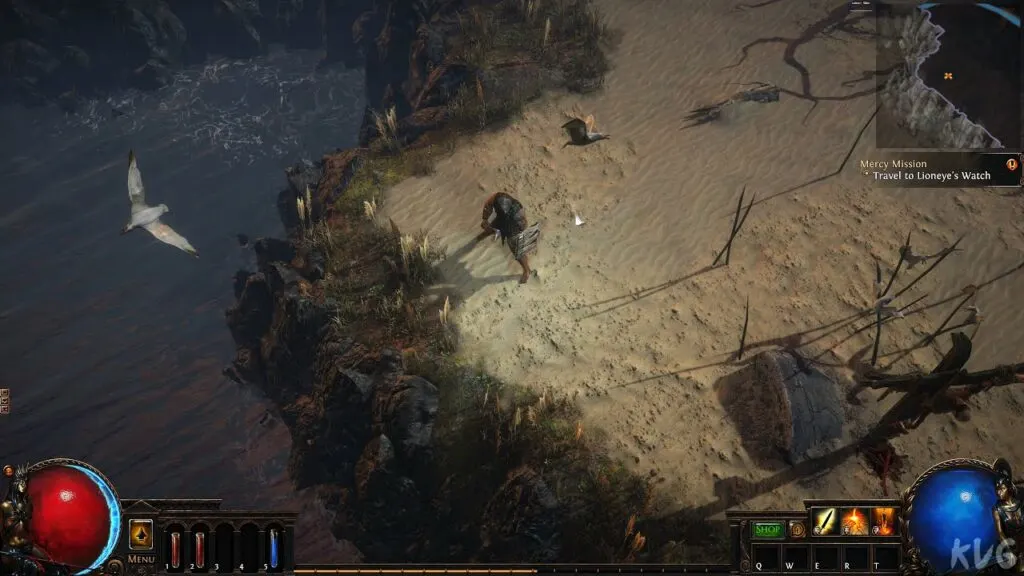
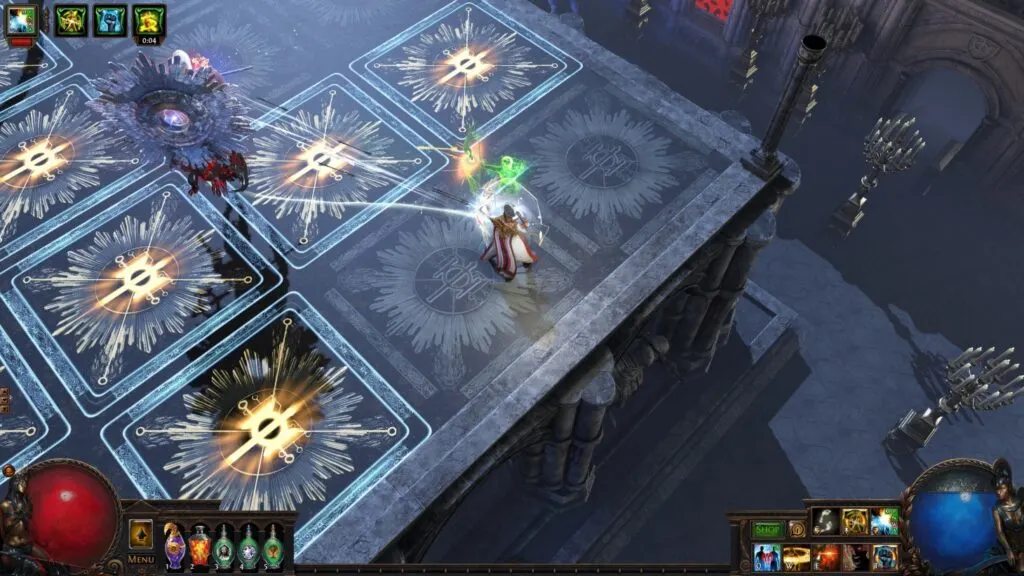
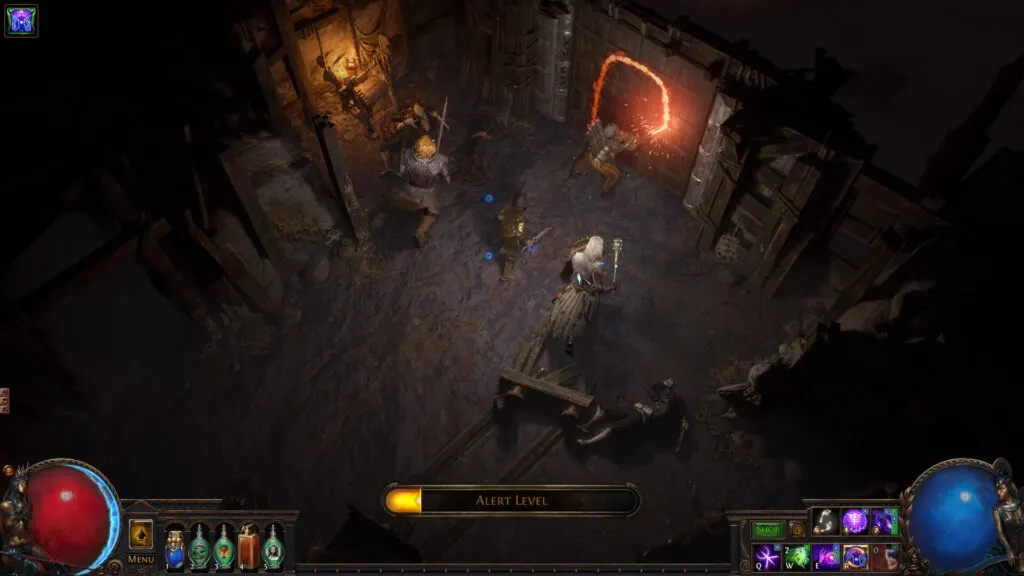
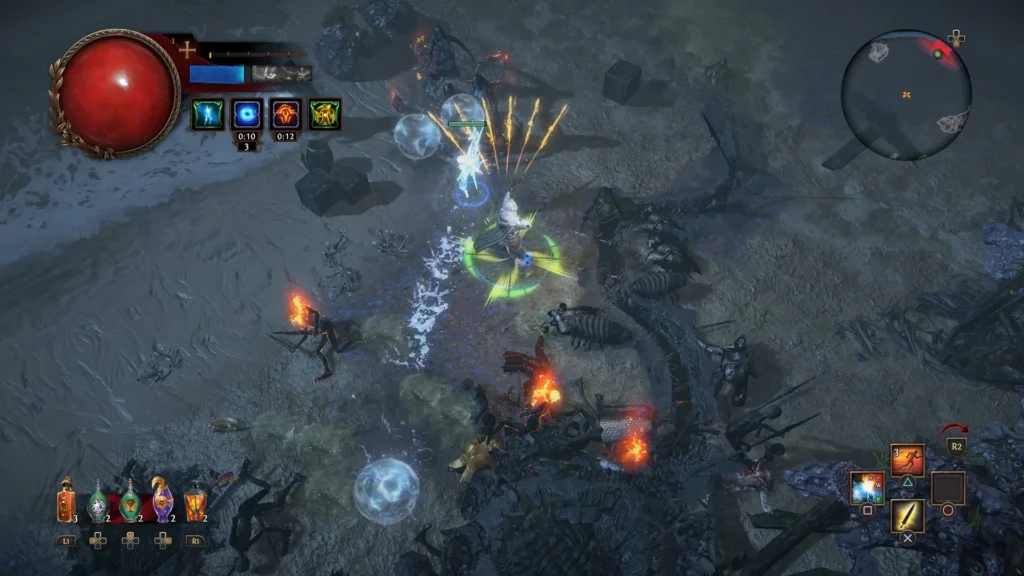
Gameplay
The heart of PoE is in its labyrinthine dungeons, filled with monsters that range from grotesque zombies to menacing bosses. As players wade through these treacherous terrains, they come across safe havens inhabited by NPCs that provide quests, trade, and lore.
PoE boasts an intricate character customization feature. Beyond choosing the character’s class, which dictates the starting point on the expansive skill tree, players can delve deep into the aesthetics, fine-tuning appearances and even voices. PvP enthusiasts can sculpt characters specifically tailored for player-versus-player combat.
One of PoE’s strongest assets is its combat system. The vast skill tree, combined with skill gems, allows players to craft distinct builds, be it a pure mage, a hybrid archer, or a tanky brawler. This diversity encourages players to experiment, iterate, and perfect their chosen playstyle.
As characters gain experience, they level up, improving core attributes and unlocking new abilities. But the true challenge begins once the storyline concludes. The endgame offers players myriad activities, from trading with fellow players, raiding high-tier maps, to conquering challenging bosses. Moreover, the league system provides periodic fresh starts, introducing new mechanics while leveling the playing field.
PoE’s content volume is massive. Regular updates bring in new equipment, skills, bosses, and entire mechanics, ensuring the player base remains engaged and the gameplay stays fresh.
PoE’s monetization model is player-friendly. The in-game store focuses solely on cosmetic items, ensuring that gameplay remains balanced and purchases are never “pay-to-win.”
Unlike traditional RPGs, PoE doesn’t rigidly categorize players. Instead, characters start based on core attributes: Strength, Agility, and Intelligence. As players progress, they can specialize further:
- Strength: Emphasizing direct confrontation, characters under this category can absorb and dish out significant damage. Key classes include the Savage, evolving into the Conqueror, Berserker, or Leader.
- Agility: Relying on speed and mobility, these characters excel at ranged combat. The primary class, Huntress, can ascend to Sniper, Raider, or Ranger.
- Intelligence: These are the mages, harnessing elemental powers and AoE attacks. The Witch can specialize further into the Necromancer, Elemental Mage, or Occultist.
Conclusion
Path of Exile masterfully fuses complex mechanics with rich lore, providing a fulfilling experience for both casual gamers and hardcore ARPG enthusiasts. Its free-to-play model, devoid of pay-to-win elements, is commendable, ensuring players remain on an even footing, determined only by skill and strategy.
Path of Exile System Requirements
Minimum Requirements
- Memory: 4 GB
- Graphics Card: NVIDIA® GeForce® GTX 650 Ti or ATI Radeon™ HD 7850 or better
- CPU: x86-compatible 2.6GHz or better
- File Size: 20 GB
- OS: Windows 7 SP1/Windows 8
Recommended Requirements
- Memory: 8 GB
- Graphics Card: NVIDIA® GeForce® GTX 1050 Ti or ATI Radeon™ RX560 or better
- CPU: x64-compatible, 3.2GHz or better
- File Size: 20 GB
- OS: Windows 7 SP1/Windows 10
